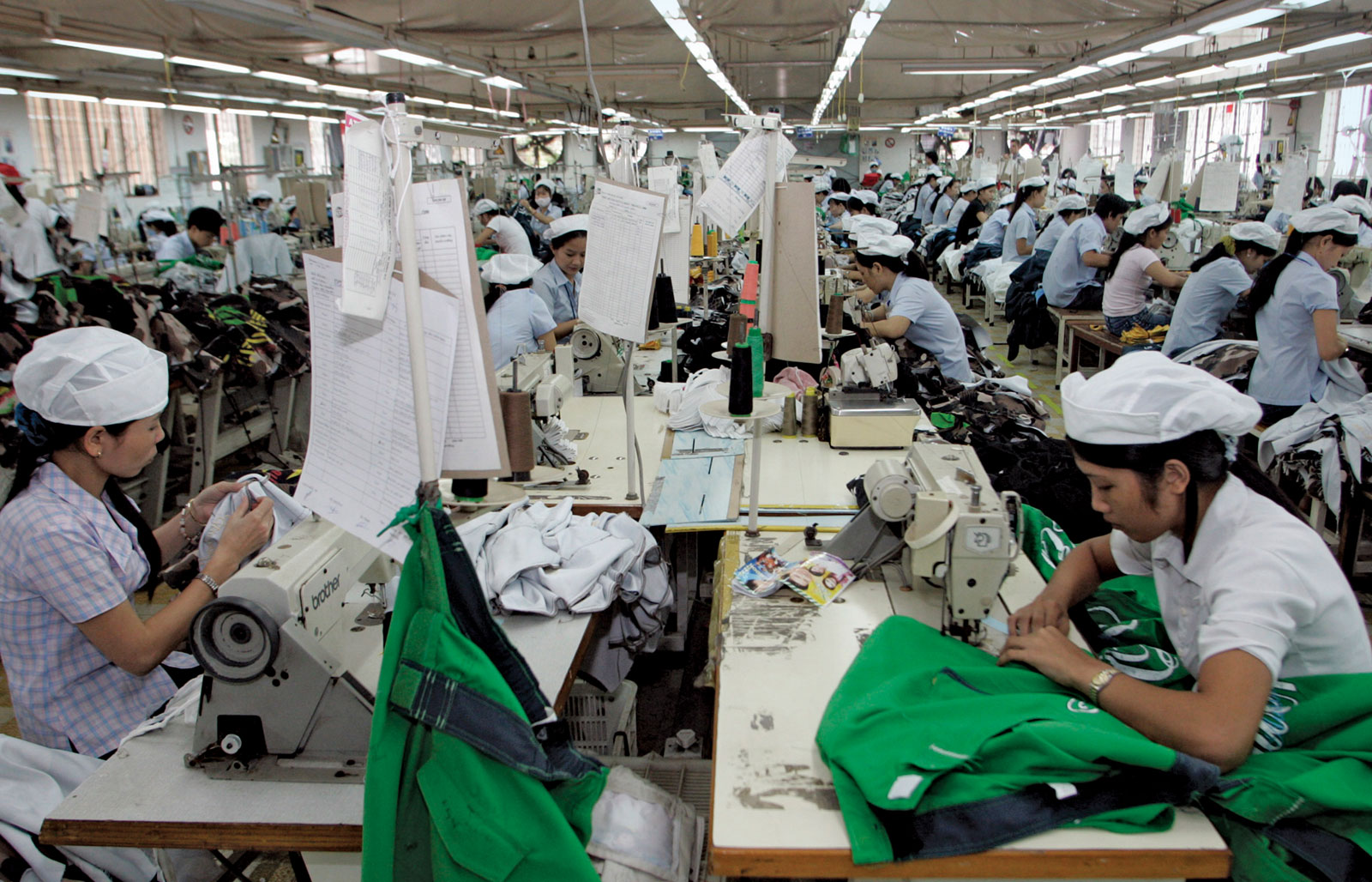Import prices for apparel and daily goods in Japan plunged last year, as growing labor costs in China push companies to automate or move production to Southeast Asia.
The price of imported clothing fell by 1.7%, the sharpest drop since a 2.1% decline in 2002, Bank of Japan statistics show. Toys sank by 7.5%, the largest decline since records began in 1991, and sporting goods shed 2.2%, underscoring a broad decline in import prices for general merchandise. All figures are on a contract currency basis, such as dollars, to eliminate-foreign exchange effects, Nikkei reported.
The downward trend began in 2016—when prices for apparel and sports products fell for the first time in 13 years and six years, respectively—and accelerated in 2017. Prices for plastic products used in kitchens and bathrooms have continued to decrease since their peak in 2013.
The average price of all imported goods, meanwhile, climbed 10%. Food products have increased across the board, while oil and natural gas—a particularly large share of imports—are soaring. Although apparel accounts for just a small portion of all Japanese imports at about 4%, lower prices for nondurable imports such as clothing and daily goods have stood out as other goods rise.
Garment manufacturing and light industries are generally labor-intensive, with wages accounting for a large portion of the production costs. Monthly salaries for factory hands in China’s major cities gained 20% to 30% in the last five years, and Japanese import prices have grown as companies pass on such rising costs.
The monthly pay for a general factory worker in Beijing, Shanghai or Guangzhou is around $450 to $650, according to the Japan External Trade Organization. Southeast Asian countries are considerably cheaper, with monthly wages of $338 in Bangkok, $320 in Jakarta and $191 in Hanoi.
Japanese clothing makers have moved toward a “China Plus One” strategy—where manufacturing is shared between China and another country—to control costs. Menswear manufacturer Aoyama Trading opened its first directly run factory outside of China in Indonesia in 2015, and currently produces more goods there than in China. Women’s apparel retailer Honeys made 90% of its clothes in China at one point, but shifted production to a directly run plant in Myanmar. China now represents about 30% of output.


